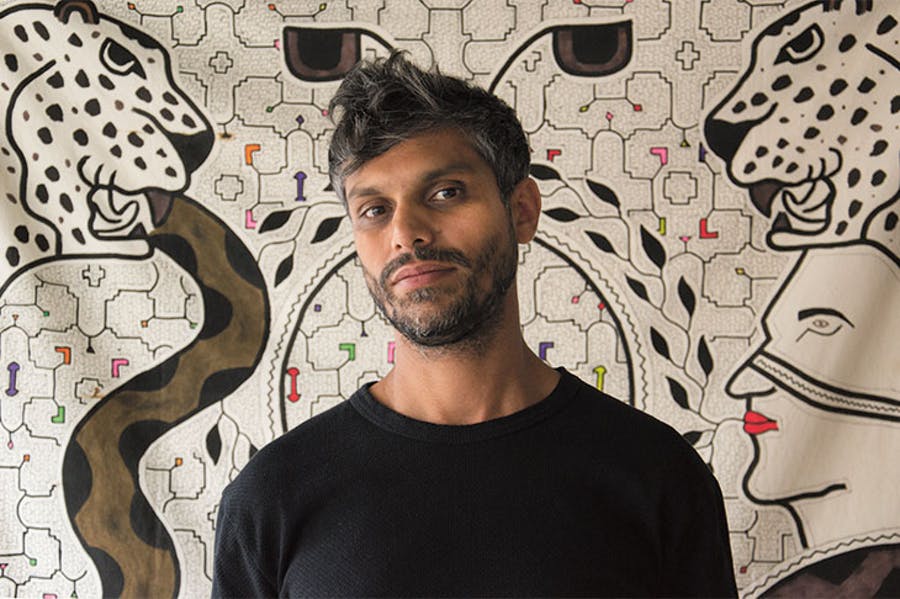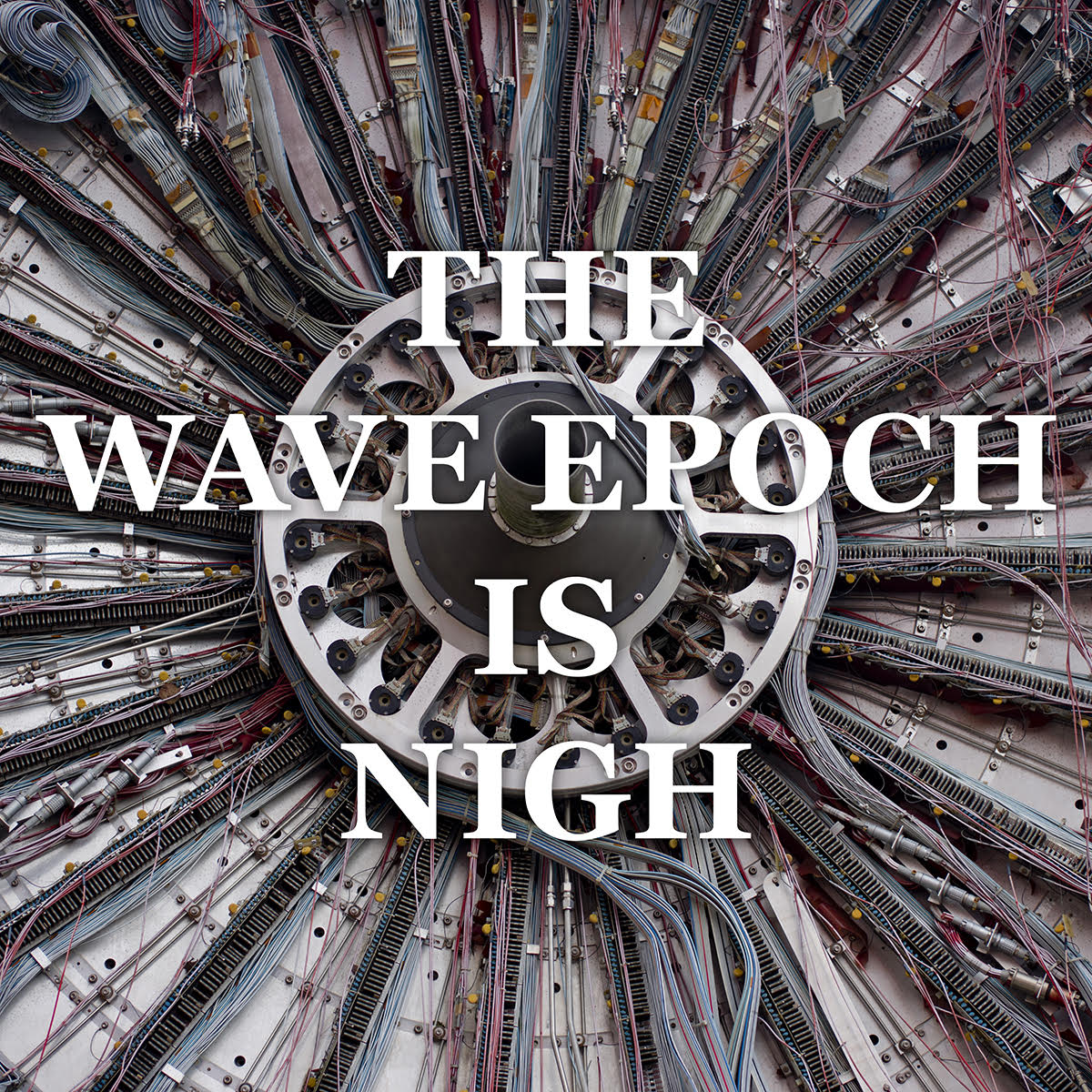
Haroon Mirza is an artist-composer who manipulates sound, music, and noise using combinations of household electronics, vinyl, LEDs and video.
The only euphoric memories I can think of are chemically induced. A lot of what we would consider to be euphoric—whether it comes from drugs such as MDMA or DMT, or something that happens to you—likely involves a neurochemical release, in which something binds to your serotonin receptors. I find it interesting because it can be described mechanistically. Euphoria can be triggered by anything from yoga, to running long distances, or breathing exercises, and we have now isolated the neurotransmitters that cause those changes in consciousness. What does that mean for us going forwards? Should we be controlling our mood, or should we leave it to actual experience to do that?
“It’s a very physical thing, even though the psychology of it seems metaphysical”
A lot of neuroscientists or psychopharmacologists end up not taking drugs and just doing meditation and yoga. There is an example of Ram Dass, one of the authors of The Psychedelic Experience, who ended up going to India and becoming a mystical guru. Once you have that experience and you have been there somehow, then you want to recreate that, and you can recreate glimpses of it in other situations.

It’s a very physical thing, even though the psychology of it seems metaphysical. It is certainly a necessity for some humans, and there is a need to share that experience in society. That’s what shamanism is, you engage with this otherly world, and then you communicate that to other people. Not everyone needs to have the experience themselves, but it needs to be shared to permeate through culture. It’s no different from going to a rave.
“Music can summon emotions immediately. Those emotions can go from fear and anger to euphoria”
I am interested in the sound of electricity. It’s a very particular sound, and I remember when I first got absorbed by it. I was experimenting with LSD, and the feeling was immediate. In electronic music, the sound of electricity has a particular quality and aesthetic. It wasn’t until years later when I started generating sounds from live electricity, that I had that feeling again. It was even stronger than the original because it wasn’t a reproduction. To most, that constitutes noise, but it is a question of focusing your attention on the sound and seeing what you can glean from it. The way to communicate this concept is to present it in a context where it can be fully experienced. Once you put it in a space for people to encounter it, the focus is on that energy, those soundwaves. Euphoria does play this physical role in my work.

Music is arguably the most evocative of art forms, in that you can summon emotions immediately, just with key changes. Those emotions can go from fear and anger to euphoria.
I feel like the desire for euphoria is coming. There is always a reaction. I don’t know what form or shape it will take. All the clubs have been closed, and the pandemic could be the nail in the coffin for that kind of culture. But I think there is a lot of euphoria to be had, perhaps by engaging with nature, or more Ayahuasca practices could emerge, or there could be a new underground music scene: euphoria is always attached to music.





